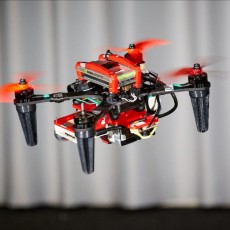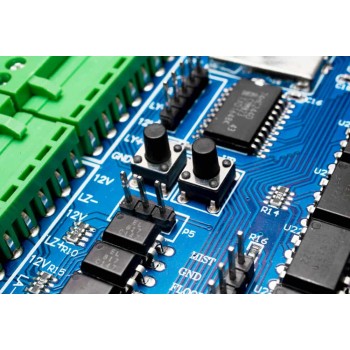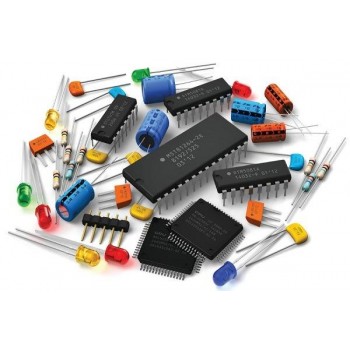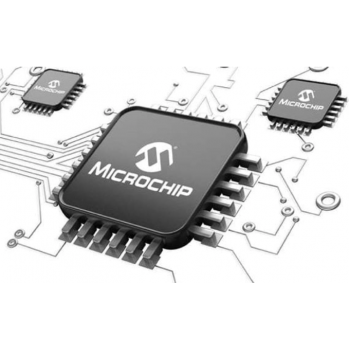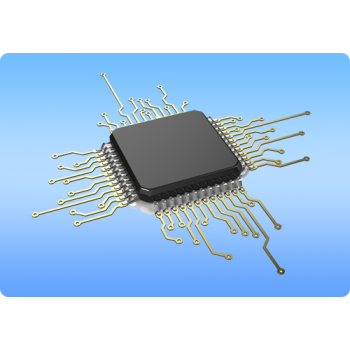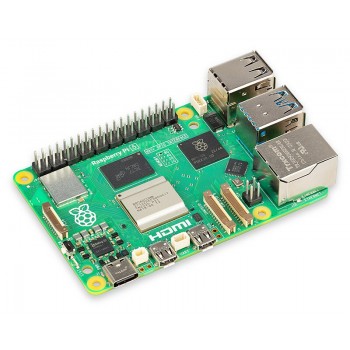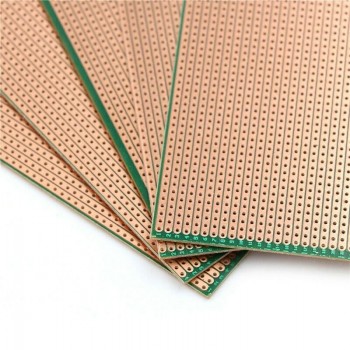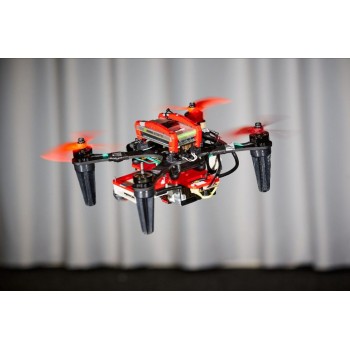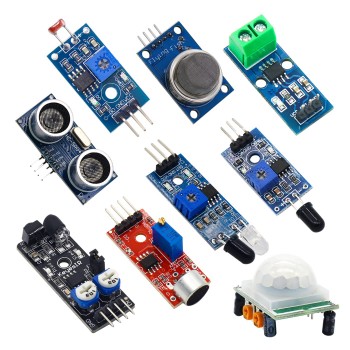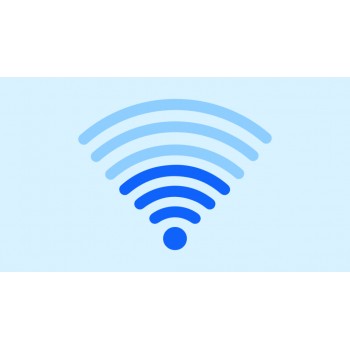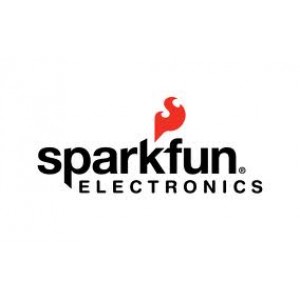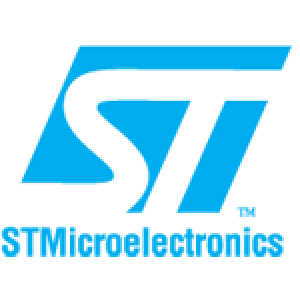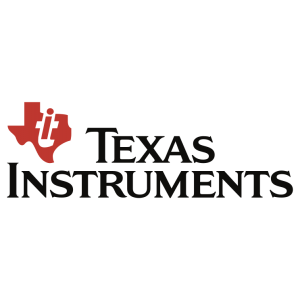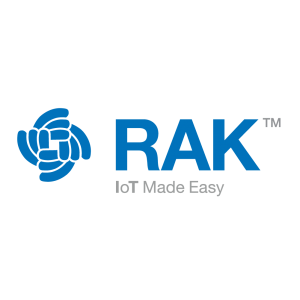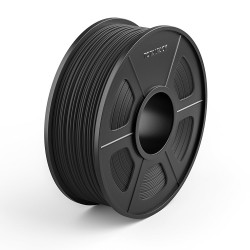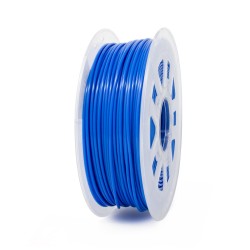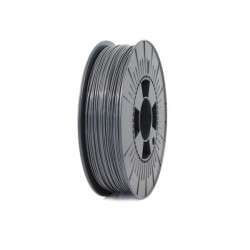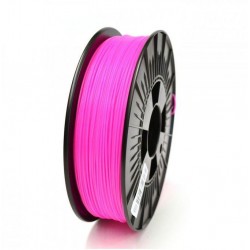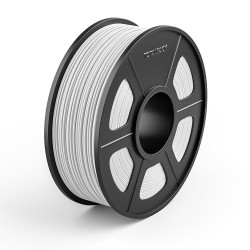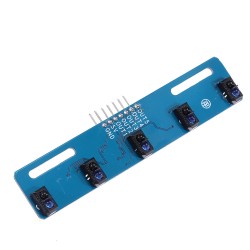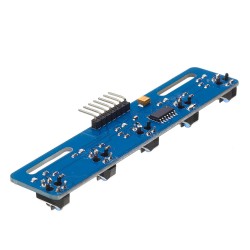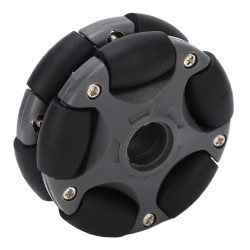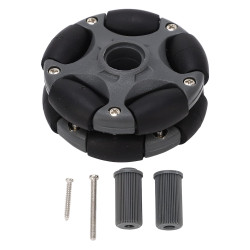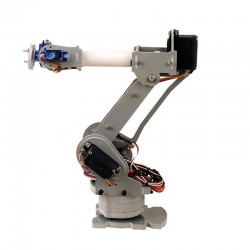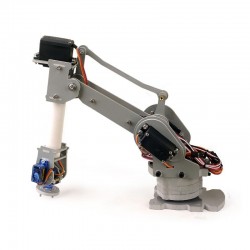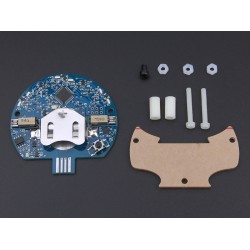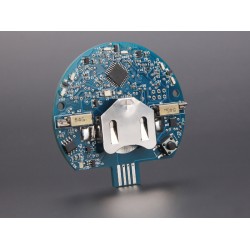Unleashing the Future: Robotics and Aeronautics DIY Drones, Robots, and Beyond: Exploring Chassis and Accessories
Robotics and aeronautics are two dynamic fields at the forefront of technological advancement, shaping the way we explore, interact with, and understand our world. Robotics offers automation, innovation, and precision, while aeronautics enables us to reach the skies and beyond. This category delves into the captivating realms of robotics and aeronautics, exploring cutting-edge technologies, applications, and the incredible potential they hold for our future. The do-it-yourself (DIY) culture has permeated the realms of drones and robotics, empowering enthusiasts, makers, and innovators to create their flying and moving machines. This category takes you on a journey into the world of DIY drones and robots, emphasizing the essential components like chassis and accessories. Discover how these building blocks enable the construction of custom aerial and terrestrial creations, propelling innovation and exploration.
DIY Drones:
1. Drone Chassis and Frames: Diverse frames cater to various drone types, from quadcopters to octocopters, providing a foundation for mounting motors, propellers, and electronic components.
Applications: Used by drone hobbyists, photographers, and researchers to build customized aerial platforms.
2. Flight Controllers: Pixhawk, Ardupilot, Betaflight. Flight controllers are the brains of drones, managing flight stability, GPS navigation, and autonomous capabilities.
Applications: Vital for precise flight control, autonomous missions, and aerial photography.
3. Propellers and Motors: Brushless motors, ESCs (Electronic Speed Controllers), various propeller sizes and pitches. Propellers generate thrust, while motors determine power and performance.
Applications: Component selection affects flight characteristics, payload capacity, and efficiency.
4. FPV (First-Person View) Systems: FPV systems provide real-time video feeds to the operator, enabling immersive piloting and aerial photography.
Applications: FPV is crucial for racing drones, aerial photography, and remote exploration.
DIY Robots:
1. Robot Chassis and Frames: Chassis come in diverse shapes and sizes, facilitating the assembly of wheeled, tracked, and legged robots.
Applications: Frameworks for building robot platforms, used in education, research, and automation.
2. Microcontrollers and Single-Board Computers: Arduino, Raspberry Pi, ESP32. Microcontrollers serve as the control center, managing sensors, motors, and decision-making. Applications: Used for robotics control, navigation, and interactivity.
7. Sensors and Actuators: Ultrasonic sensors, IR sensors, servos, and stepper motors. Sensors detect environmental conditions, while actuators enable movement and manipulation.
Applications: Sensors enhance perception, and actuators provide mobility and functionality.
8. Robot Arms and Grippers: Robot arms and grippers extend the capabilities of robots for tasks like pick-and-place, 3D printing, and research.
Applications: Used in industrial automation, research, and educational projects.
9. Wireless Communication Modules: Wi-Fi modules, Bluetooth, ZigBee Wireless modules enable remote control, data transmission, and collaboration.
Applications: Facilitate remote operation and connectivity for robots.
DIY drones and robots represent a fascinating intersection of technology, engineering, and creativity. With the right chassis, accessories, and components, enthusiasts and inventors can bring their aerial and terrestrial dreams to life, pioneering the way forward in unmanned systems and automation.
